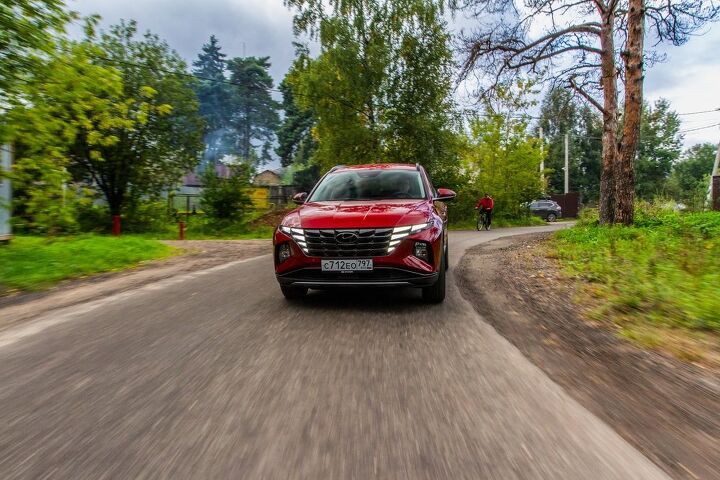Leading the Green Drive: Hyundai's Eco-Friendly Vehicles Gain EPA Praise
In the latest EPA Automotive Trends Report, Hyundai has emerged as a leading figure in eco-friendly automotive technology. The company is only second to Tesla in achieving the highest fuel economy and the lowest CO2 emissions amongst major automakers.
Between 2017 and 2022, Hyundai has successfully reduced its CO2 emissions from 311 g/mi to 302 g/mi and improved its fuel economy from 28.6 MPG to 29.1 MPG. These numbers reflect Hyundai's commitment to developing a more efficient range of vehicles.
A key aspect of Hyundai's strategy is its focus on electrification, aimed at diminishing the carbon footprint. The company offers a diverse range of electric, hybrid, and hydrogen-powered vehicles in the U.S. market, including the acclaimed IONIQ 5, IONIQ 6, and KONA Electric. Electric vehicles constituted 7% of Hyundai’s total sales in 2023, doubling from the previous year. Hyundai's ambitious goal includes launching over 17 new battery-electric models and targeting a substantial share of the global EV market by 2030.
The EPA report underscores a significant shift in the automotive industry, with a marked improvement in CO2 emissions and fuel economy. Hyundai's efforts are a crucial part of this industry-wide transformation, promising further enhancements in upcoming models.
Hyundai's presence in the U.S. extends beyond its environmental initiatives. With its headquarters and various facilities across the nation, Hyundai significantly contributes to the American economy and job market, underscoring its role as a key player in the automotive sector.
This article was co-written using AI and was then heavily edited and optimized by our editorial team.
More by TTAC Staff
Latest Car Reviews
Read moreLatest Product Reviews
Read moreRecent Comments
- Lorenzo I'd actually buy another Ford, if they'd bring back the butternut-squash color. Well, they actually called it sea foam green, but some cars had more green than others, and my 1968 Mercury Montego MX was one of the more-yellow, less-green models. The police always wrote 'yellow' on the ticket.
- ToolGuy Some of my first cars were die-cast from pot-metal in 2 pieces: body-in-white plus chassis. I spray-painted some of them, the masking was a pain. The tires did burn realistically.
- Vulpine Tesla has NOT said they're scrapping the Gigacasting process, but they have also said they wouldn't cast a one-piece body. The concept is to have a total of 5 main pieces: Nose clip, tail clip, 2 sides and belly. They're already using the first two and the sides are not necessarily going to be castings. The belly casting, however, is being delayed as the battery technologies are changing far too quickly to lock into any one fixed design as the battery packs themselves are currently consisting of at least three different types based on the cells being used within them. It's a matter of convenience for the company to let the technologies stabilize somewhat before locking in on a specific design.
- MaintenanceCosts I've never prioritized color when looking for a car, but there are usually some colors (particularly bright reds and refrigerator whites) that I just won't accept.That said, one of my cars gets parked outside in a city environment, and it's silver, and that's good because silver does not complain too much when oxidized to he!l. The brown BMW is neat because there aren't many brown BMWs, and the green Legend is historically correct because the mid-'90s meant green.
- ToolGuy • Black vehicles and dark interiors burn more petrol and are bad for the planet (look it up, I'm not gonna hold your hand on this one lol).• If your current vehicle was new when you took delivery, and you didn't get EXACTLY the color you wanted (blithely accepted what was foisted on you by the dealer), shame on you. You are the problem with today's franchise system. In future, please notify the dealer that your policy is to collect a Non-First-Choice Paint Upcharge in such a circumstance. I recommend $1200.• Also, fine-thread drywall screws (in wood) waste electricity (and time). When I am President of the Universe, fine-thread drywall screws will be banned in favor of the more environmentally- and wallet-friendly coarse-thread variety. (Again, you can work out the reasons but I am absolutely correct.)


































Comments
Join the conversation